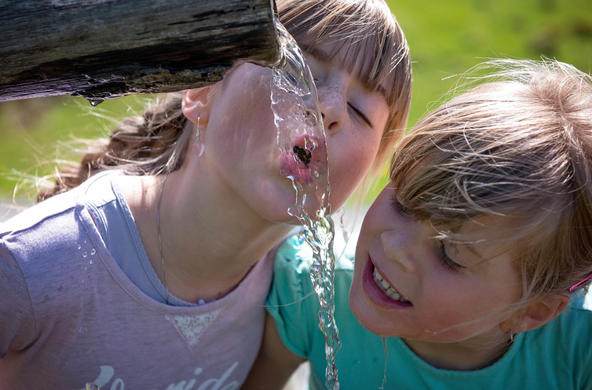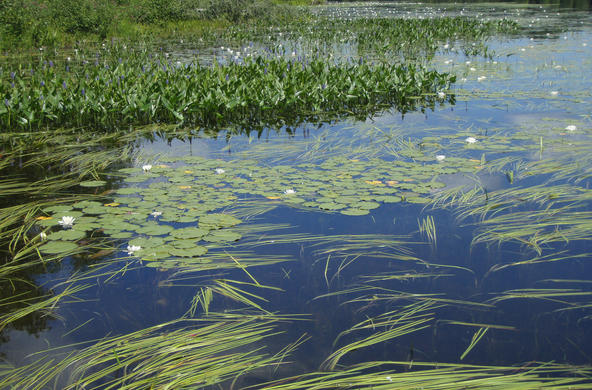"Popular tourist destination" and "active research site" are rarely phrases used to describe the same location, but the pedestrian walkway stretching over the Hudson River from Poughkeepsie to Highland offers just such a hybrid.
Nearly one million visitors have trod the converted railroad bridge since it opened in 2009, and coming this March, new features will be installed to tell people about environmental conditions in the Hudson River as well as the ongoing measurements being conducted there as part of the Hudson River Environmental Conditions Observing System (HRECOS).
The HRECOS network of seven real-time monitoring stations on the Hudson River was established in 2008. Cary Institute was one of several institutions and agencies that collaborated to launch HRECOS, which is now operated by a consortium of research and governmental partners and is funded by the Environmental Protection Agency, the National Oceanic and Atmospheric Administration, Hudson River Foundation, and the Hudson River Estuary Program of the New York State Department of Environmental Conservation.
On the south side of the walkway, on the Poughkeepsie shore, visitors will soon find an LED display that reports real-time data on river conditions. Interpretive signs nearby will contextualize the information for visitors. Cary aquatic ecologist Dr. Stuart Findlay notes that the proximity of the display "helps people engage with the waters rolling right underneath their feet, beyond simply the scenic value."
The scroll starts with water temperature, followed by measurements of clarity, salinity, dissolved oxygen, and water elevation. Every 15 minutes the data will be updated with new readings from instruments located upstream at the Marist College waterfront. Similar measurements are taken at each of the seven HRECOS stations located on the Hudson between Schodack Island south of Albany and Hoboken, NJ.
The constant stream of data gathered from the stations helps scientists understand sediment patterns, contaminants, and nutrient transfer and cycling from the river to the ocean as well as from water to air. HRECOS instruments capture data on the impacts of severe storms and other short-term events as well as long-term changes due to sea-level rise, the spread of invasive species, dredging, and other factors.
HRECOS observations not only protect a national treasure, they inform decisions about commercial traffic and management. A recent snow storm featured strong northwestern winds, which resulted in blow out tides. Scientists at one of the HRECOS
partners, the New York Harbor Observing and Prediction System, were able to convey this information to river pilots and improve shipping safety. Similarly, emergency response situations, such as a toxic spill, require the ability to call up both long-term data sets and current conditions to make the best decisions about containment and cleanup.
To view HRECOS real-time data and learn more about the project, visit:
www.hrecos.org. In addition to lesson plans for teachers, including many authored by Cary Institute educators,
the website features stories written for the general public about river phenomena learned from the various measurements.





